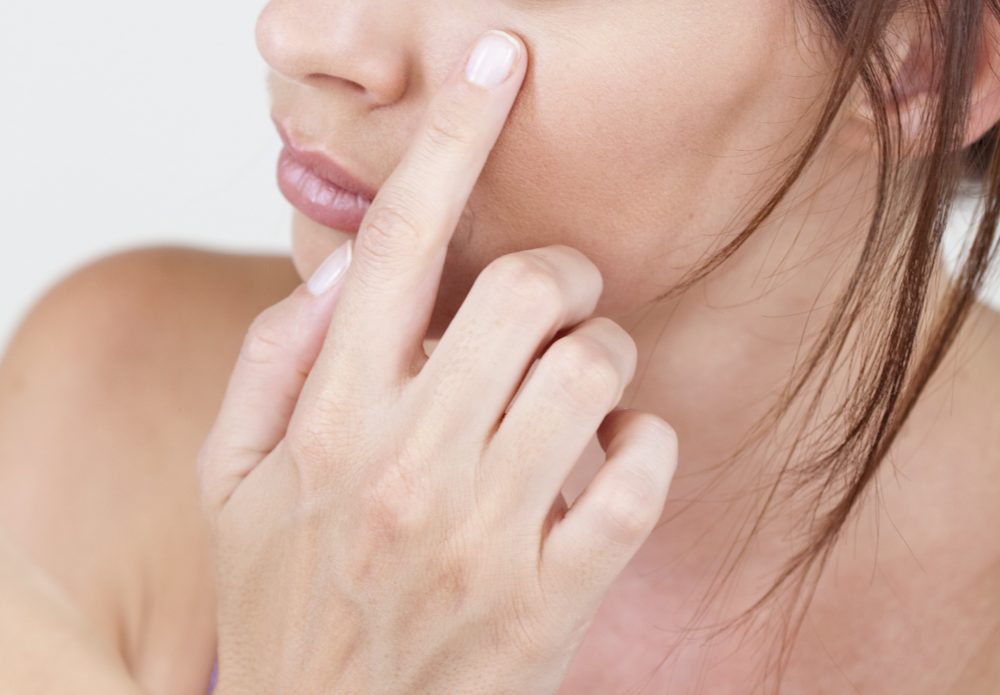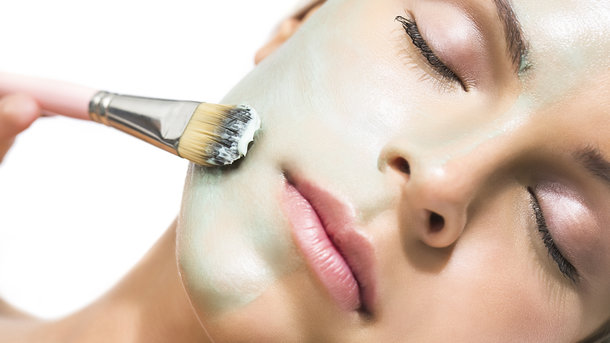Human skin thickness decreases at an averaged rate of 6% per decade. The gradually thinning skin with age mainly includes a thinner epidermis and dermis, which results in a lowered resistance to shearing forces and higher susceptibility to wounds after trauma.

Skin is the largest organ of the body that protects us from microbes and toxic compounds. It tends to change as we age with signs like wrinkles, age spots, dryness, pigmentation, and weakened wound healing ability. One of the major causes of skin aging is oxidative stress. Talking of skin care, application of antioxidants is an effective approach to delay the process of aging.
Methylene Blue is a century-old drug synthesized in 1876. Fibroblasts treated with methylene blue have displayed increased cellular lifespan, improved cell proliferation and reduced expression of P16 (a biomarker of aging). Based on the findings of the study, methylene blue can be effectively used to protect the skin from oxidative stress and delay skin aging. In the study published in the journal Scientific Reports , the authors noted the effect of methylene blue in cultured human skin cells and simulated skin tissue. Skin cells from healthy middle-aged donors and from those diagnosed with progeria (a rare genetic disorder that mimics the normal aging at an accelerated rate) were used for the study. The effect of methylene blue on skin cells were tested for four weeks. The team also tested other three known antioxidants such as N-Acetyl-L-Cysteine (NAC), MitoQ and MitoTEMPO (mTEM). The research team found that methylene blue outperformed the other three antioxidants. Methylene blue seemed to improve several age-related symptoms in skin cells from both healthy donors and progeria patients. In the skin cells, the damaging molecules known as reactive oxygen species decreased and the rate of cell division increased throughout the four-week treatment.

What is Methylene Blue?
It is a solid, odorless, dark green powder that yields a blue solution when dissolved in water. It has many uses in a number of different fields. For instance, chemists use it to detect oxidizing agents and biologists use it to stain tissue samples and detect nucleic acids. In medicine, it is used as a treatment for various illnesses and disorders, including methemoglobinemia, schizophrenia, kidney stones, and herpes infections. In aquaculture, it is used to prevent freshwater fish eggs from being infected by bacteria and fungi. MB treatment has been observed to change the expression of elastin and collagen, essential elements of healthy skin.
Safe Dosage of Methylene Blue
The recommended safe dose appears to be between 1 and 4 mg/kg, depending on the source.
Most side effects of MB appear to be dose-dependent and do not occur with doses <2 mg/ kg, a dose range that is widely used in the clinical applications of MB .
Opt for a lower dosage of methylene blue – about 90 mcg.
The research is in its initial stage and needs to be watched more on human skin.